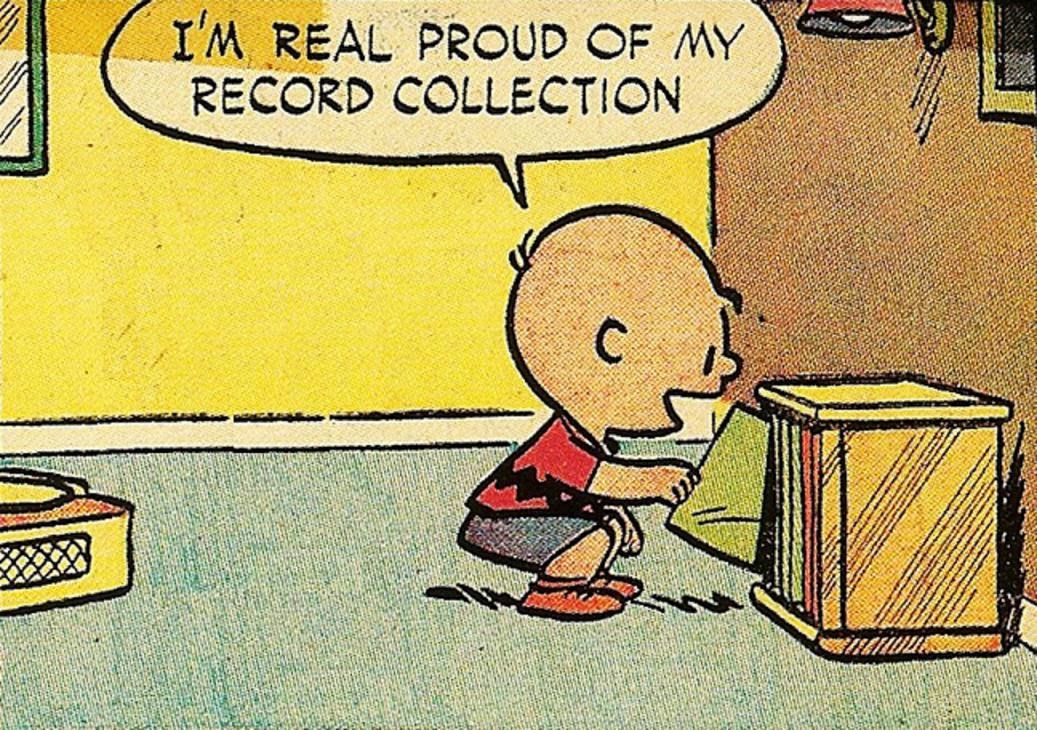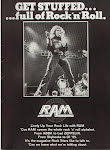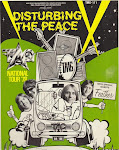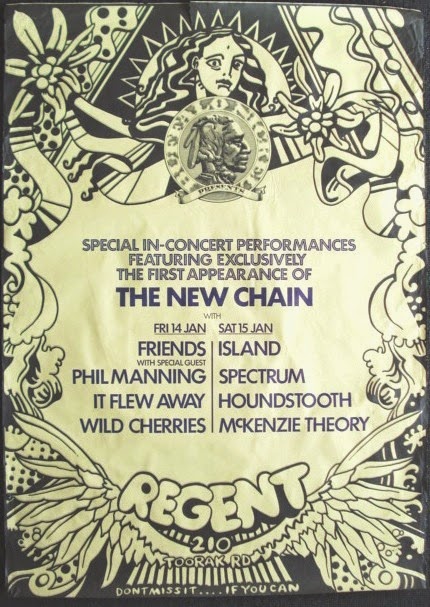.
The younger brother of producer/composer Dave Grusin, Don Grusin is an excellent keyboardist who has had his own solo career. He originally avoided music (not wanting to be in his brother's shadow), becoming an economics professor and not becoming a full-time musician until 1975. At that time, he put together a band to tour Japan with Quincy Jones, freelanced in Los Angeles, and headed the group Friendship which recorded for Elektra in 1978. Grusin recorded a few albums for JVC in the early '80s; and in 1988, with Sticks and Stones (a collaboration with brother Dave), Don Grusin began recording regularly for the record company GRP, playing music that (although influenced by pop) is also somewhat adventurous within the crossover genre.
 |
| Don Grusin |
Grusin received a Grammy nomination for his 2004 live album The Hang, and played keyboards on Paul Winter's 2008 Grammy-winning album Crestone. Grusin continues to perform, record and produce music internationally and also teaches a multidisciplinary course at the ATLAS Institue at the University of Colorado. He released the solo album Piano in Venice on JVC in 2008.
.
Album Review
As he proved in his production of David Benoit's 1989 smash Urban Daydreams, Don Grusin is a master at texturing various synth textures with the acoustic piano. On his solo debut 'Raven', Grusin once again does a remarkable job of this, mixing up his styles along the way to include bits and pieces of funk, Brazilian and mainstream jazz, along with healthy doses of the obligatory pop jazz formulas. Though the ballads here, such as "Oracle," are likable, Grusin the player is most at home on funky and frisky numbers like the stealthy "Catwalk," which features some tasty acoustic improvisations layered sparingly amidst a contagious synth groove. The best cut is another funkfest, "Graffiti Bird," which features the very punchy solo chops of saxman Eric Marienthal. The horns of Gary Herbig, Gary Grant, and Jerry Hey brass up this cut, as well as the softer line of "Light in the Window," while Sal Marquez's trumpet (which added so much to The Fabulous Baker Boys) adds a mainstream touch to songs like the title cut. The Brazilian vocalizing by Djavan makes "Two Lives" a memorable experience as well. And let's not forget kudos for the solid back beat by bassist Flim Johnson and skinmaster Tommy Brechtlein. GRP was the smooth jazz mecca for many years, but once in a while the label released a project like this which added a lot of twists to the tried and true.
My favourite tracks are "Flight Of The Raven" and "Catwalk" and everything in between - this is a great album! I like Don's style of playing. He is a bit more percussive a player than his older brother Dave, but is still very melodic. Don also uses a battery of acoustic and electronics keys. This is a great introduction to Don Gusin as a stand alone artist.
GRP
In 1976, Grusin/Rosen Productions was formed by composer, arranger, producer, keyboardist Dave Grusin, and entrepreneur, musician, producer, recording engineer, Larry Rosen. The purpose of the Company was to produce recording artists for major record labels, and discover, sign, and produce new artists for Grusin/Rosen Productions, and release the resulting albums through major record distribution systems.
The partners began their long list of successes with albums for artists Jon Lucien, Patti Austin, Lee Ritenour, Noel Pointer, and Earl Klugh. In 1978, the Grusin/Rosen team signed a multi-year label deal with Arista Records president Clive Davis. Under the logo Arista/GRP, Grusin and Rosen discovered signed, produced, recorded, and launched the careers of Angela Bofill, Dave Valentin, Tom Browne, Bernard Wright, Jay Hoggard, Scott Jarrett, and produced and recorded the first totally non-classical digitally recorded album, Dave Grusin's "Mountain Dance."
Grusin and Rosen gained immediate success with music fans bringing sales of Tom Browne's hit "Funkin' for Jamaica" to over 1 million units, and Angela Bofill's sales to over 500,000 units, while playing a pioneering roll in the music industry by leading the way to the digital storage of audio products.
 |
| Don Grusin |
In 1990, Grusin and Rosen sold GRP Records to the Universal Music Group. From 1990 to 1995 Grusin continued to record for the label and Rosen continued as president and CEO of GRP Records.[extract from the Larry Rosen's Website]
This post consists of MP3 (320kps) ripped from my CD copy and includes full album artwork for both CD / Vinyl. I'm a big fan of Jazz Rock / Fusion (ie. Mahivishna Orchestra, Al Di Meola, Jan Hammer, Weather Report, Lee Ritenour to list a few) and this album fits in nicely with these artists.
If you enjoy this album, then take a look at a release by his brother and others called GRP Live in Session, also posted on my blog
Track Listing
01. Flight Of The Raven (4:34)
02. Two Lives (4:30)
03. Hip Hop Be Bop ( 5:41)
04. Oracle (6:01)
05. Outback Oasis (5:27)
06. Light In The Window (4:32)
07. Zuma Noon (5:32)
08. Um Beijo (A Kiss) (5:10)
09. Graffiti-Bird (4:23)
10. Highline (4:14) *
11. Catwalk (5:28)
* CD release only
Djavan, Jim Gilstrap, Kate Markowitz, Marilyn Scott (vocals)
Ricardo Silveira (guitar)
Gary Herbig (flute, saxophone)
Gary Grant (alto flute, trumpet, flugelhorn)
Eric Marienthal (soprano saxophone, alto saxophone)
Jerry Hey (trumpet, flugelhorn)
Sal Marquez (trumpet)
Tom Brechtlein (drums)
Don Grusin Link (106Mb) New Link 22/12/2022



































































